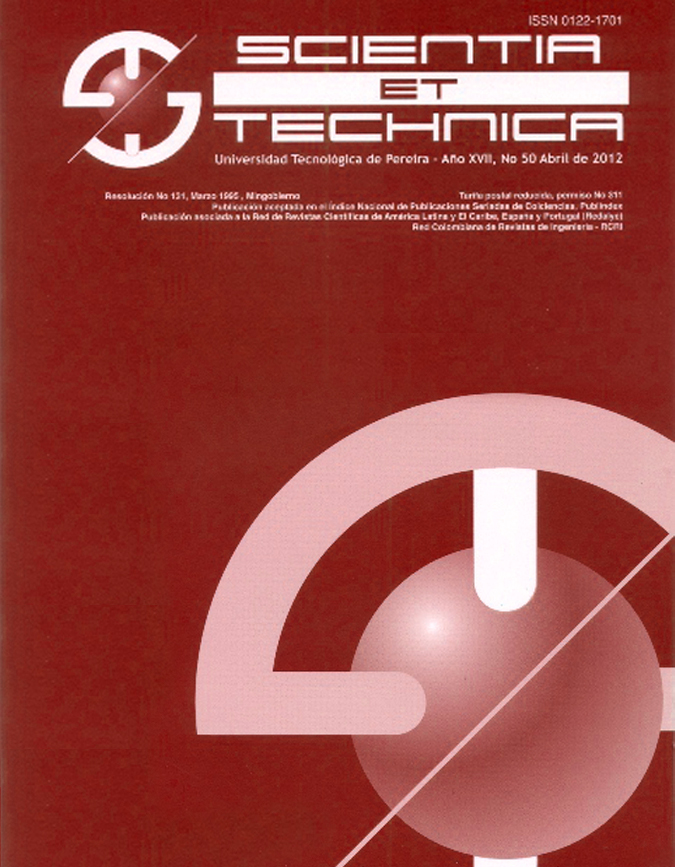Soldabilidad en aceros inoxidables y aceros disimiles
Abstract
La necesidad de unir aceros disímiles mediante procesos de soldadura por arco eléctrico es una práctica muy poco común, pero que, en algunos casos, se hace necesario por la complejidad de algunos equipos y máquinas (como calderas recuperadoras de calor, turbinas, intercambiadores de calor, etc.) requeridos en la industria. Las uniones más usuales son entre aceros de baja aleación o no aleados, con aceros de alta aleación (como los aceros inoxidables austeníticos). Lo anterior requiere que se elijan cuidadosamente los procesos, los metales de aporte y los métodos de aplicación de las soldaduras para que esta quede lo más cercana posible a la naturaleza de los aceros a unir. Uno de los métodos que genera mejores resultados en este tipo de uniones, es la utilización del diagrama de Schaeffler [1]. Mediante el estudio y el manejo de este diagrama se puede predecir la estructura del metal de soldadura obtenido en la unión de aceros inoxidables disímiles, o de aceros inoxidables con aceros al carbono, con o sin aleación, partiendo del níquel equivalente tanto de los materiales base como de los materiales de aporte.Downloads
Downloads
-
Vistas(Views): 5782
- PDF (Español (España)) Descargas(Downloads): 1957
Published
How to Cite
Issue
Section
License
Copyrights
The journal is free open access. The papers are published under the Creative Commons Attribution / Attribution-NonCommercial-NoDerivatives 4.0 International - CC BY-NC-ND 4.0 license. For this reason, the author or authors of a manuscript accepted for publication will yield all the economic rights to the Universidad Tecnológica of Pereira free of charge, taking into account the following:
In the event that the submitted manuscript is accepted for publication, the authors must grant permission to the journal, in unlimited time, to reproduce, to edit, distribute, exhibit and publish anywhere, either by means printed, electronic, databases, repositories, optical discs, Internet or any other required medium. In all cases, the journal preserves the obligation to respect, the moral rights of the authors, contained in article 30 of Law 23 of 1982 of the Government Colombian.
The transferors using ASSIGNMENT OF PATRIMONIAL RIGHTS letter declare that all the material that is part of the article is entirely free of copyright. Therefore, the authors are responsible for any litigation or related claim to intellectual property rights. They exonerate of all responsibility to the Universidad Tecnológica of Pereira (publishing entity) and the Scientia et Technica journal. Likewise, the authors accept that the work presented will be distributed in free open access, safeguarding copyright under the Creative Commons Attribution / Recognition-NonCommercial-NoDerivatives 4.0 International - https://creativecommons.org/licenses/by-nc-nd/4.0/deed.es license.



